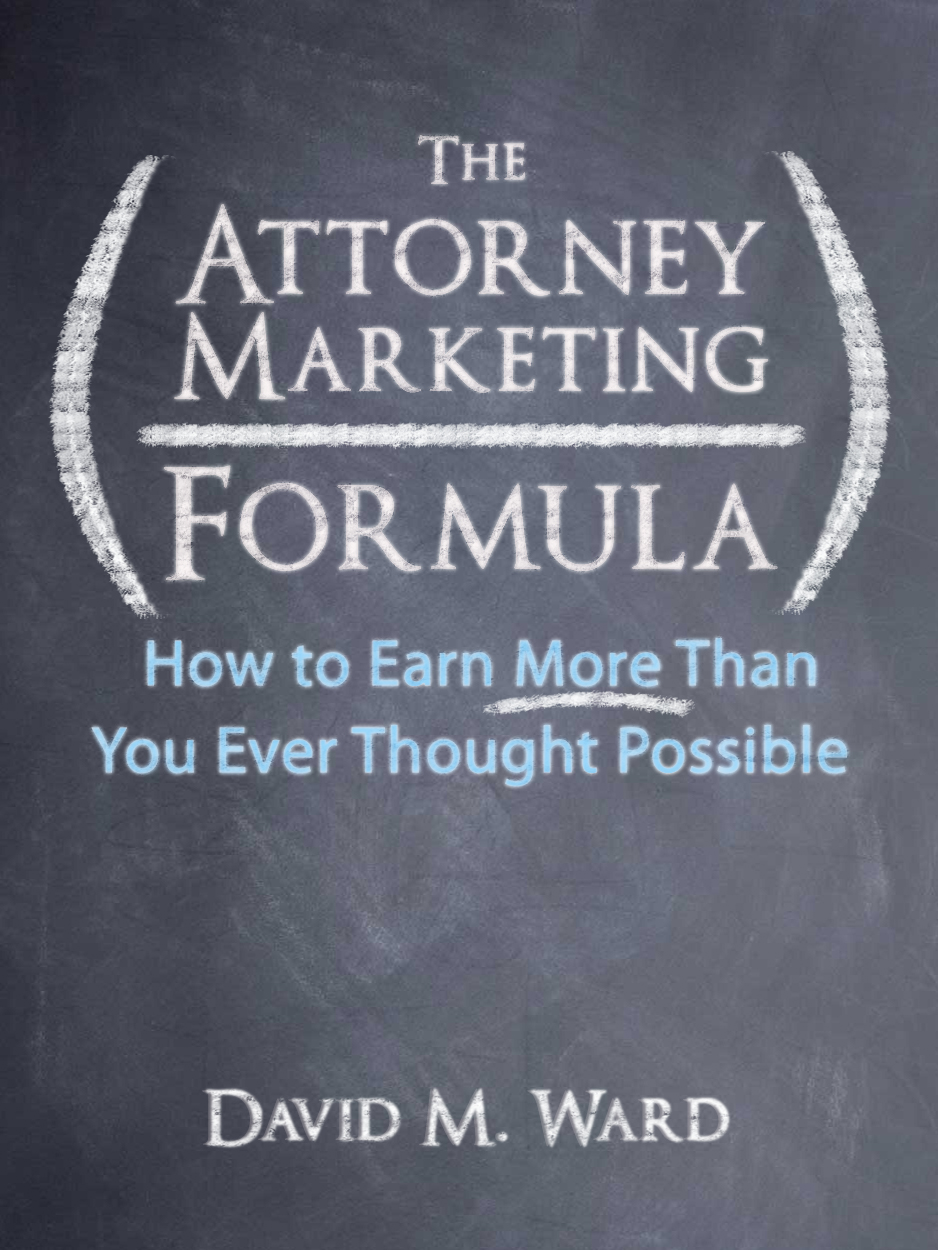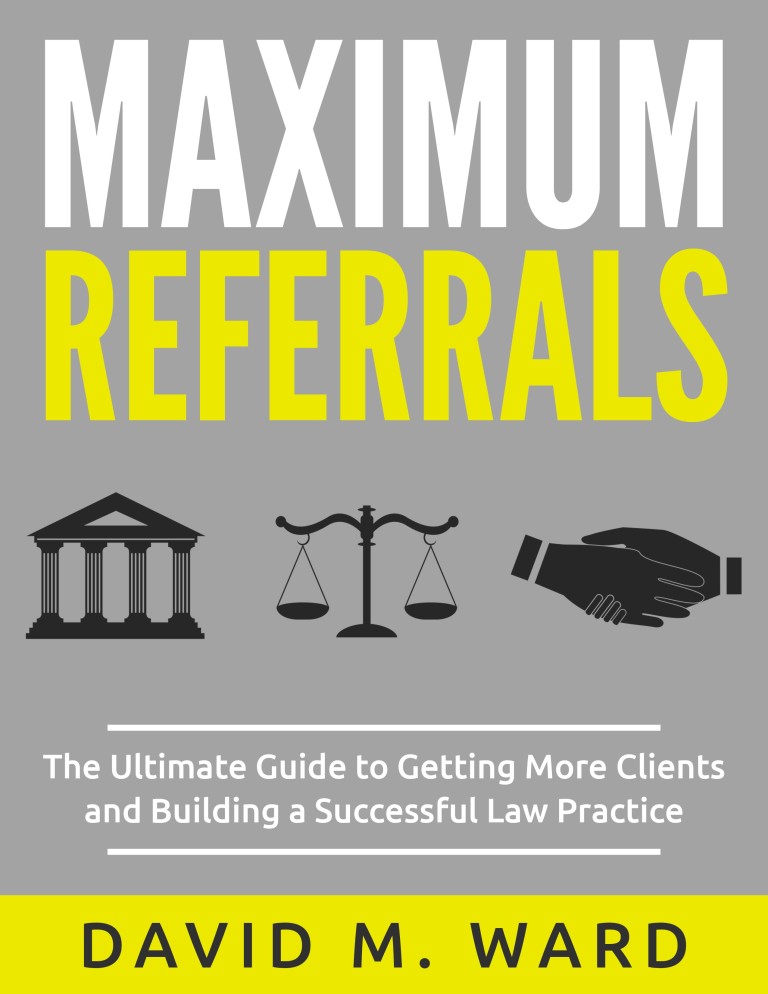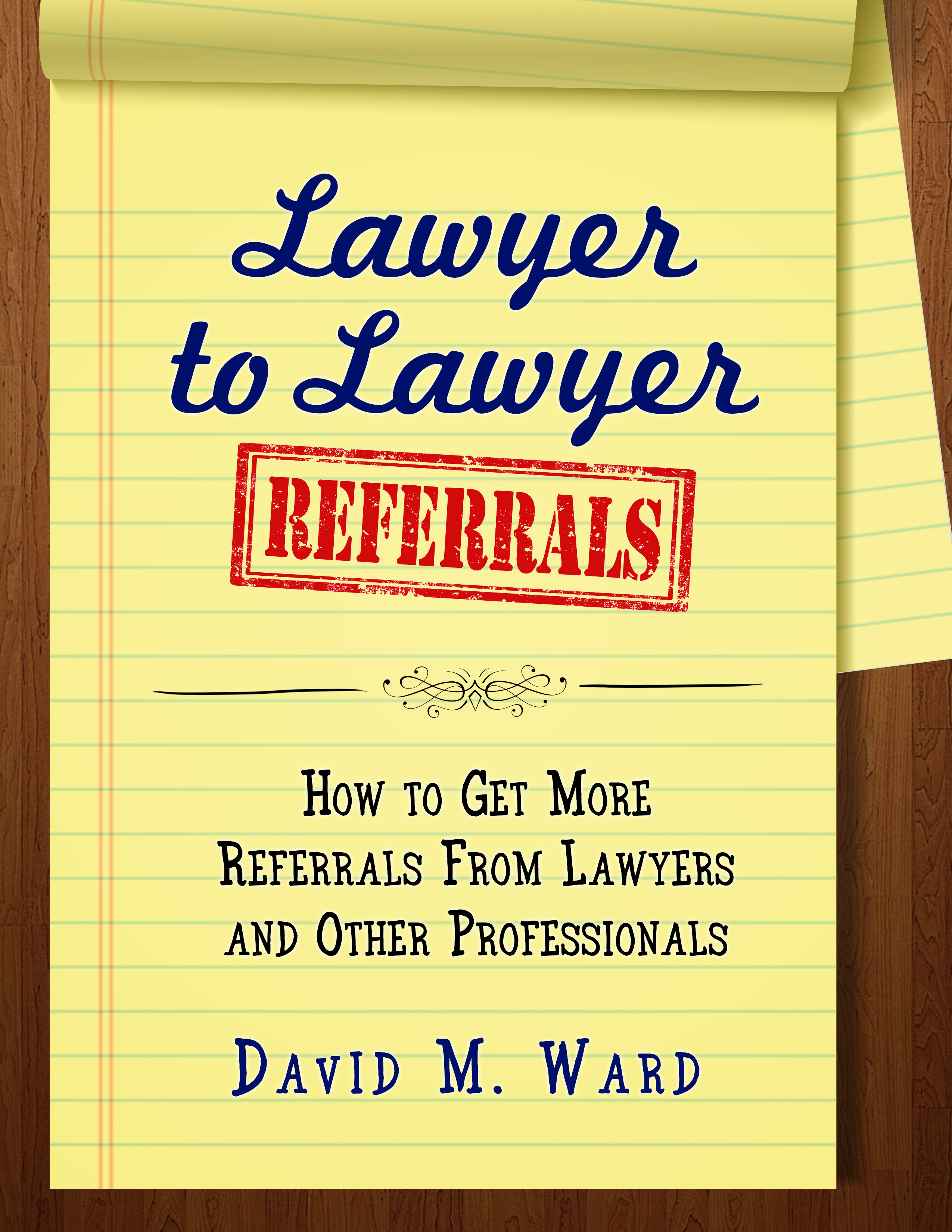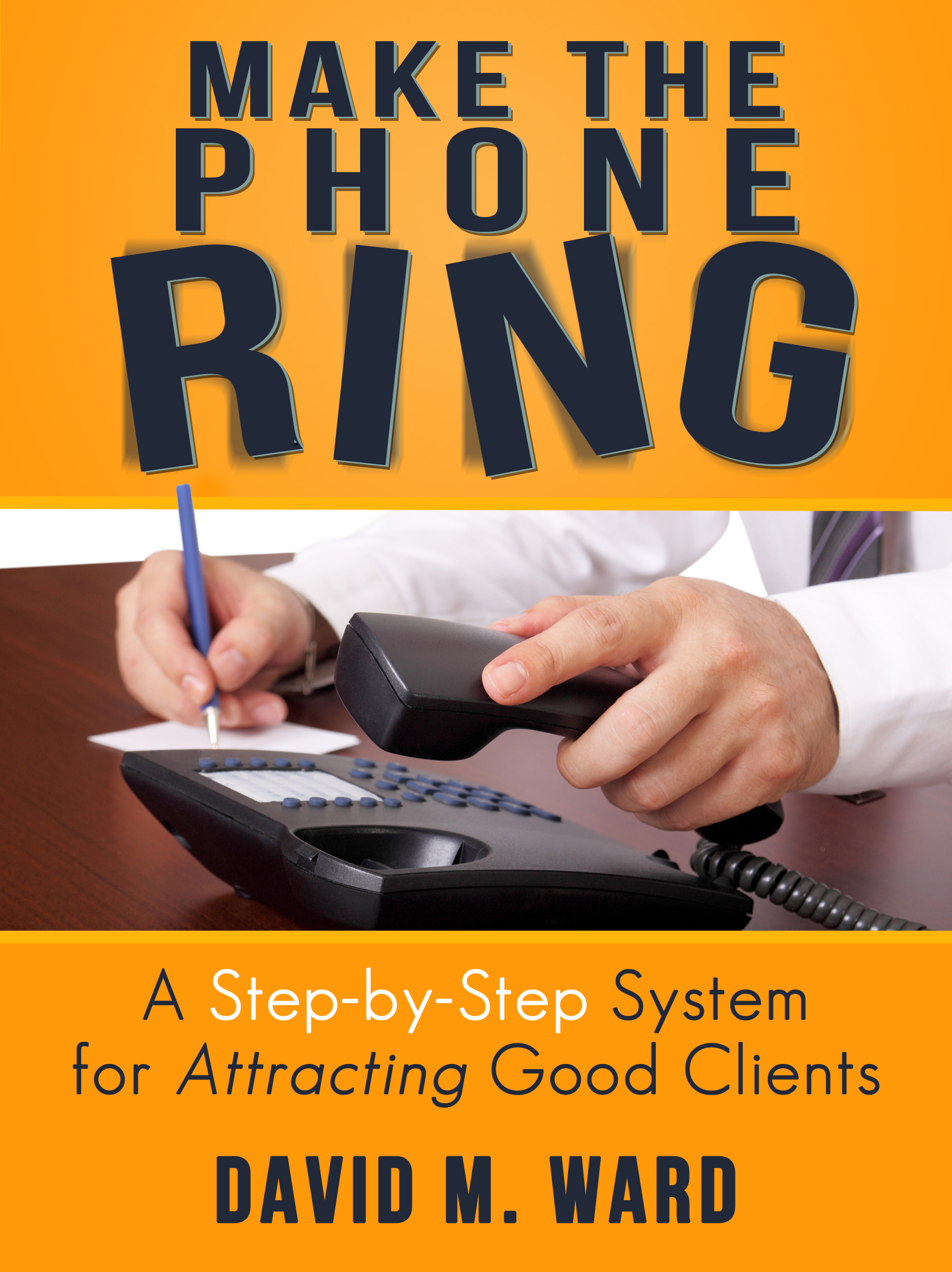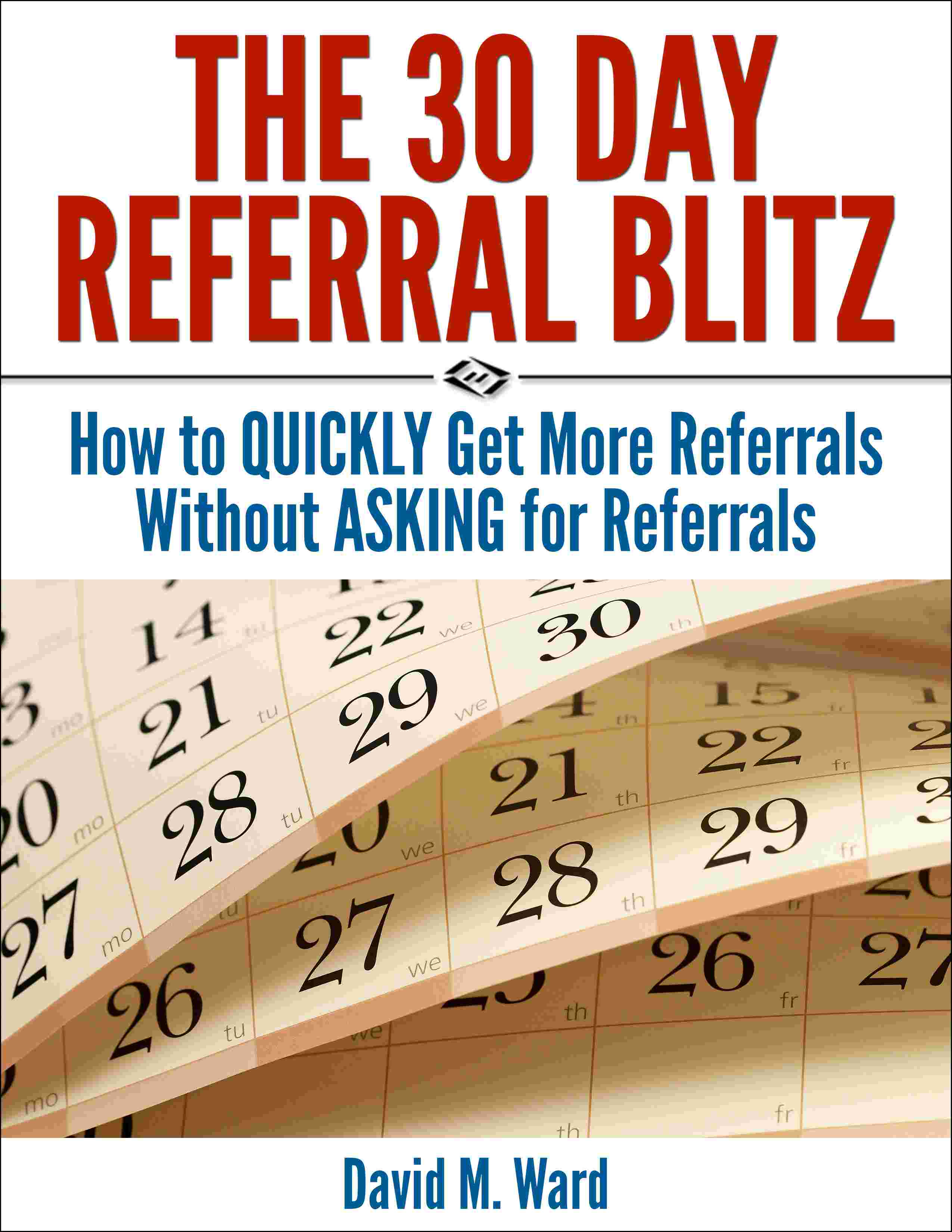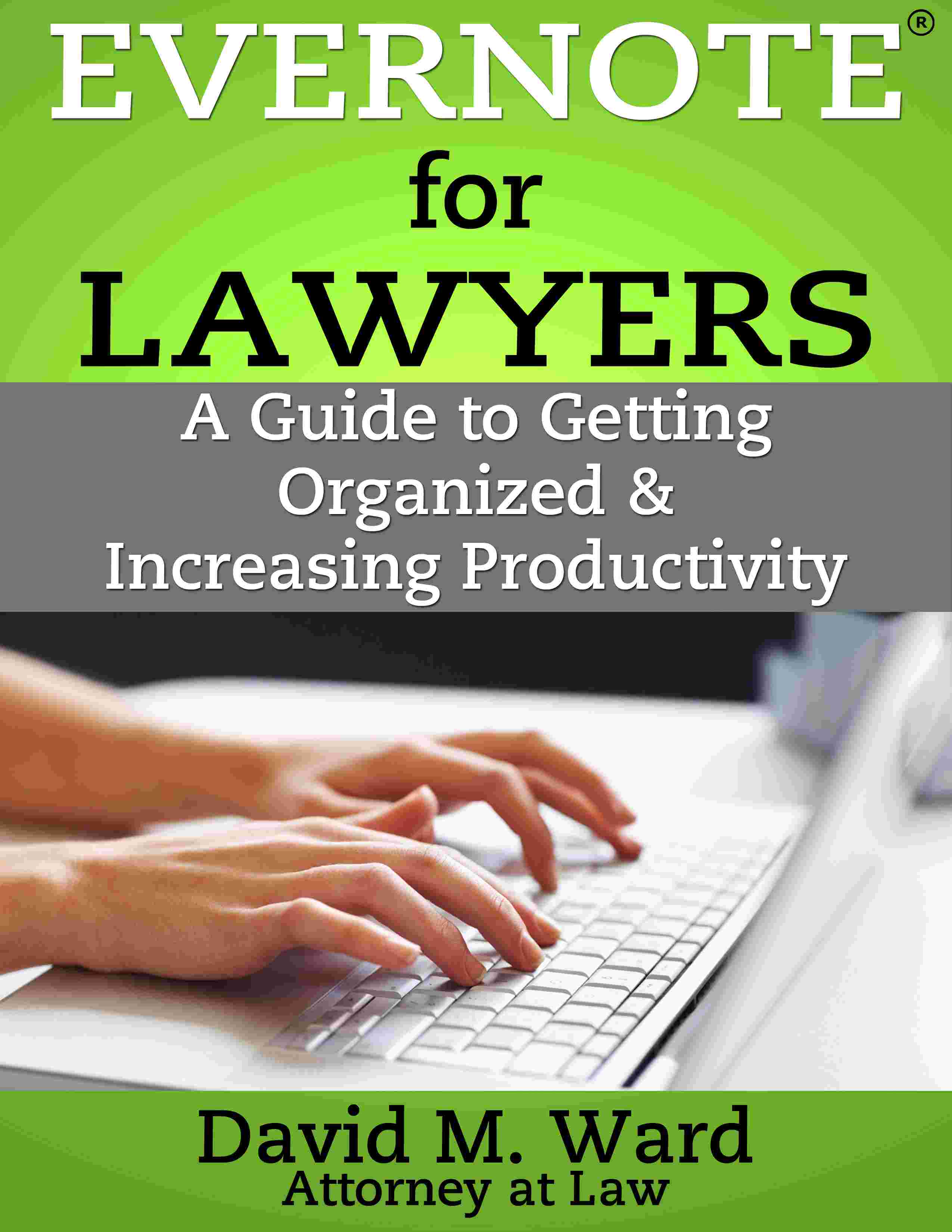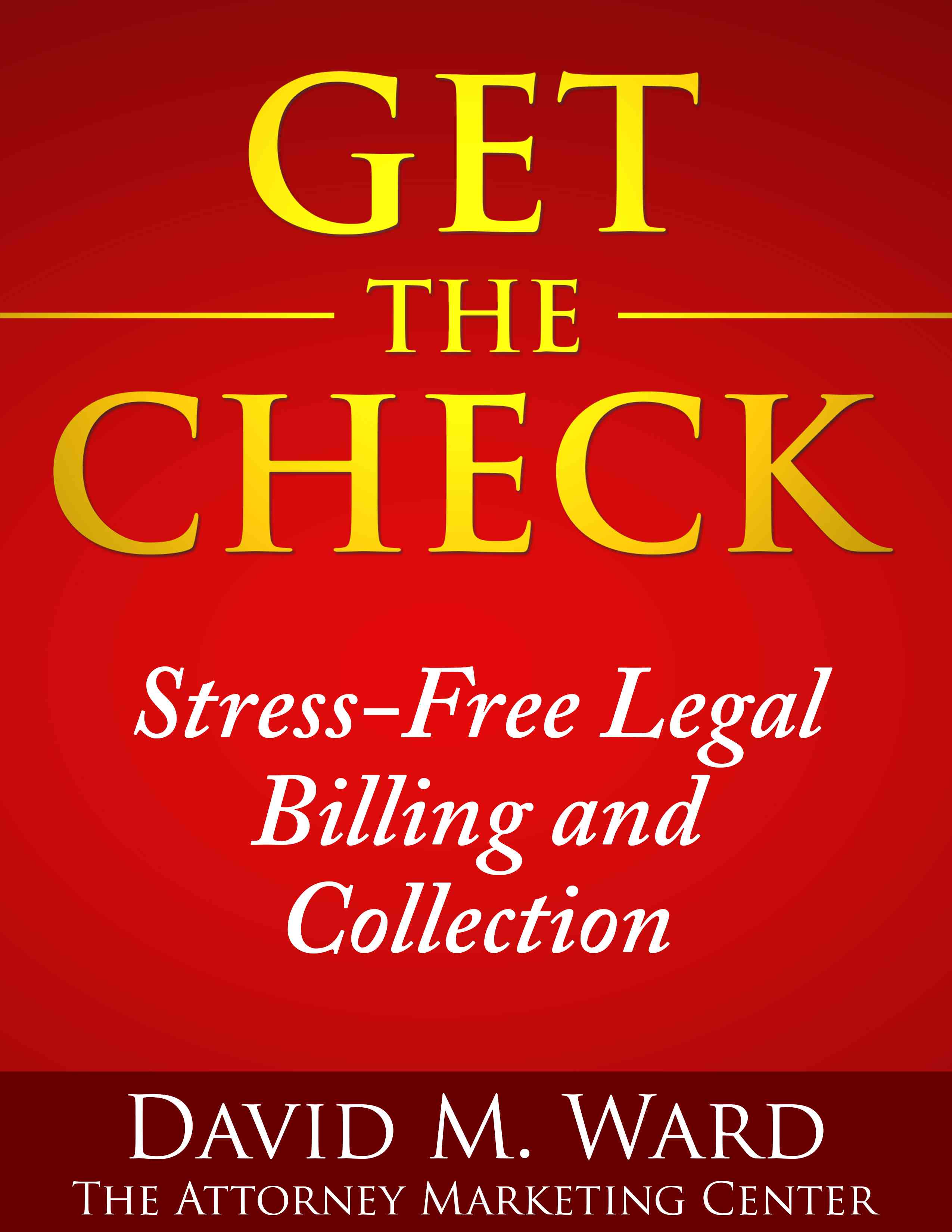I’m a simple man with simple needs. I don’t need a powerful computer because I don’t edit videos or images, work with complicated databases, or play games. I work with text and use a handful of simple apps to manage my work.Â
I could do that on just about any piece of silicon, and as long as the gear I’ve got is still working, I usually wait until it dies before I replace it. Â
The thing is, we don’t know what we don’t know and I didn’t know I was long overdue to replace my laptop, which I finally did after Calvin (yes, named after Calvin and Hobbes) recently bit the dust.Â
Today, I’m a new man with a new computer.Â
A fast processor, a fast SSD, and a new perspective on the value of upgrading even when you don’t think you need to.
I knew Calvin had slowed with age (he was 7 at time of his passing), but I didn’t realize how bad off he was. I blamed Evernote when I should have blamed Calvin.Â
Now, Evernote flies. It launches in seconds, notes open as soon as I click them, and everything works the way it’s supposed to.Â
All my apps work that way. I don’t have to wait for anything to launch, pages to load, or functions to engage.Â
Who knew?
And, what else don’t I know?
Whether it’s computers, workflows, or the people in our lives, we get used to them and often can’t see their flaws. We don’t realize how much we might improve our situation if we change them.Â
We need to train ourselves to periodically stand down from our daily routines and take inventory. Examine where we are and what we’re doing and see how we can improve.
What we’re doing might be working but something else might work better.Â
Or faster.Â
So that’s my story. I’m a new man with a new computer and I like the new me.Â
There’s just one problem. I haven’t decided what to name my new baby. Hey, how about Barry? You know, Barry Allen, aka “The Flash”?
The need for speed
Subscription fatigue is a thing
I watched a video by a guy who presented 5 reasons why he switched to a new app, replacing two others he’d been using. He did so, he said, “because subscription fatigue is a real thing.”
His first reason was cost. One app is cheaper than two and a free app (which he now uses) is cheaper still.
An app might only be $5 per month but $5 here and $5 there and before you know it, you might spend $1000 per year.
Of course the bigger cost of using too many apps, or the wrong apps, is the cost of our time.
Time to learn how to use the app, update it, hack it and customize it to our liking, watching videos about how others use the apps–is time better spent doing work.
Or is it?
The time we spend in app-land might be well spent if it allows us to get more out of those apps. If they help us save more time than we spend tweaking them, or help us earn more money, that’s a win.
There’s also the fun factor. I enjoy using some apps more than others. I’m sure you do, too. We probably use those apps more than others, and probably get more out of them.
Clearly, using one app instead of two, or simpler apps instead of more complex ones, provides less drag on our day. Some apps may do a better job at some things than others apps do, but we have to consider the extra overhead of using multiple apps.
When we look at other apps and compare them to the ones we use, we have to consider other factors:
- Future proofing. Some apps are locked into propriety data formats, some aren’t. Some make it easy to export (and use) your data, some don’t.
- Platforms: Can you use the app on all your devices? Mobile, tablet, desktop, cloud?
- Security/redundancy: How safe is your data? What are your options if the site goes down or you can’t log in?
- Features/development: Does it have what you need and want? Are new features being regularly added?
- Speed: How quickly can you enter new information; how fast is search?
- Support: Can you get help if and when you need it?
- Training: Do the developers and/or user base show you how to use the app and how to incorporate it into your work?
I’ve tried a lot of apps and do my best to use as few as possible. When I find something I like, I stick with it, but continue to take new apps out for a spin.
Which means I spend way more time than I should, in pursuit of the perfect app.
It’s a blessing, and a curse.
Assume I’m as dumb as a rock
I had an eye infection and went to see a doctor. I won’t do my usual rant about not making the patient (client) wait for 40 minutes before you see them, as if their time isn’t important, and if there’s an emergency, to explain that and apologize, because that’s what a professional who cares about people would do.
No. I’ll save that for another day.
Today, I want to address another issue. Making sure your patients (clients) understand you.
The doctor had a lot to tell me about the care and treatment of my eye, including what to do now and what she will have me do later if things don’t clear up. The problem? She delivered this information rapid-fire, with a foreign accent, through a mask, and I didn’t catch most of it.
No problem, I thought. I’m sure she’ll give me some instructions to take home. Maybe a link to a video or two, so I can see what to do and how to do it.
Not so much.
They gave me a list of things to get at the pharmacy, but no instructions about how to use them. No, it’s not obvious, and it’s my eye and I don’t want to wing it. So now, I have to call the doctor’s office and have them explain it to me.
Doctors (and lawyers) need to spell things out. Assume your client (patient) knows nothing, is distracted by their problem, and not able to process and remember all of your information or advice.
Assume they are as dumb as a rock because in that moment, they probably aren’t their usual clear-thinking self.
If you have a new PI client, for example, and you tell them to keep a “pain journal” to document their aches and pains, their sleepless nights, the medications they took, and so on, you may assume that your advice will literally go in one ear and come out the other.
Assume they didn’t hear, didn’t understand, and won’t remember everything you said. Or anything.
Give the client detailed written instructions. Explain what you want them to do, how to do it, and why it is so important to their case. Give them some examples, so they can see how much to record. And have them email you their notes once a week, so you can make sure they’re doing it, and doing it right.
Because your clients depend on you to take care of them. And sometimes, that means assuming they are as dumb as a rock.
Happy clients provide more referrals
What could you improve?
The other day I stopped at a light. On the corner, a building was under construction and I saw a tradesman poised on a beam, doing something with a piece of lumbar. I couldn’t tell what he was doing but I could tell he was doing it purposefully and carefully.
Like he wanted to do it right.
No doubt he’s proud of his work, I thought, and wants to do a good job so he’ll be hired again.
And because he knows his work will be scrutinized by a building inspector.
That’s when I thought about you.
You do your best work because you are a professional and you’re proud of what you do. Like the contractor, you have a client who expects and deserves your best work.
Your client is interested in the results you obtain for him, and wants to know he got his money’s worth, but he won’t “inspect” your work like a building inspector.
So it comes down to you.
From time to time, you might ask yourself a question: “If my work was inspected by the bar, by my insurance carrier, or by another attorney my client hired to get a second opinion, what would they conclude?”
Did I cut any corners? Omit steps? Make mistakes?
A little introspection is good for the soul, and the pocketbook.
But don’t stop there. Don’t focus solely on avoiding mistakes, consider ways to improve what you do well.
At the end of each case or engagement, examine the steps you took and the order in which you took them. Do you see a way to improve your process? To do a better job or get the work done more quickly? To make it easier for you to do that work for the next client?
While you’re at it, examine how you treated the client. Did you make them feel appreciated? Did you make them feel like you gave them their money’s worth?
Ask yourself questions like these and take notes. Write down what you did well and what you could improve.
Because you are your own building inspector. And you don’t want to merely be up to code, you want to be the best you can be.
Ready to take a Quantum Leap in the growth of your practice? This will show you how
The game is afoot
One way to get more work done, especially work you aren’t otherwise inspired to do, is to make a game of it.
Jerry Seinfeld was said to have done this early in his career when he promised himself he would write at least one new joke each day.
Although he later disputed the details, he was said to make a game of it making a big X on his wall calendar for each day he met the goal. Eventually, he had a long chain of consecutive X’s, giving rise to the expression, “Don’t break the chain.”
The prize for winning this game? A massively successful career.
You can gamify your work with “achievement” goals, e.g., winning the case, signing up 5 new clients this month, or earning $500,000 this year.
You can also do it with “activity” goals, e.g., emailing 5 former clients a day for 90 days, writing one blog post each week for 12 consecutive weeks, or calling 3 professionals in your niche each week for a month.
Achievement goals provide their own reward. You won the case or signed up the clients. Be proud and enjoy the additional income.
Activity goals are a means to an end. Making those calls will eventually bring in more business. In the short term, you can also reward yourself for reaching them by taking some time off, buying something you have your eye on, or treating yourself to a steak dinner.
You can increase the odds of hitting your goal by competing with a friend, partner, or professional contact, to see who can reach the goal.
You can also increase your odds by making your goal public: mentioning it in your newsletter or on social media or telling your friends and asking them to hold you accountable.
Your goal might involve quantity (how much, how many), quality (5-star reviews, six-figure settlements), speed (getting it done by a certain date), or a combination.
Making a game of a goal can help you:
- Overcome procrastination
- Get more done
- Get better results
- Gain bragging rights
- Challenge yourself
- Have fun with your work
And don’t forget the streak dinner you promised yourself for reaching your goal, or, even better, the steak dinner your partner pays for when you reach the goal before she does.
Daily notes: a journal by a different name
I’ve tried keeping a journal and find it useful (and fun) to record my thoughts but the habit hasn’t stuck.
I’d like to try again and may have found a way to do that.
There’s a new breed of note taking apps (Roam, Obsidian, and others) and I’m trying out one of them.
One feature is a “daily notes” page that automatically appears (unless you turn off that feature), with the date and plenty of room to write. You can also set up templates to prompt you to record whatever is important to you.
Yes, it’s really a journal with a different name. But it might work because the daily notes feature is built into the app. I don’t have to stop what I’m doing to go write in my journal, I can simply add some thoughts or notes on my daily notes page when they occur to me throughout the day.
In that sense, the daily notes page work like an inbox—a place to deposit ideas and notes to be sorted, filed and worked on later.
A daily notes page also works like an “outbox”.
At the end of the day, you can record notes on what you did, what you thought, and what you plan to do later. Because it’s built into the app, it’s easy to drag or copy/paste notes written elsewhere onto the page.
What can you record in your daily notes? Anything you want:
- What you did today, what you learned today, what you want to remember
- Goals, plans, ideas
- Quotes from books you read, a list of books you want to read
- Websites and apps you want to check out
- Questions you have about something you’re working on
- Habits you want to track
- New clients, new prospects, new marketing campaigns
- Earnings, expenses, debts you need to pay, money you need to collect
- Ideas for new projects, notes about improving your workflow, your attitude, your skills, or your well-being
Anything you did or want to do, anything you want to remember, in as little or as much detail as you want.
Some days, you’ll write hundred of words. Other days, you might write a single sentence, or nothing at all.
This morning, I wrote a few questions about the notes app I’m trying, and a few thoughts about the concept of daily notes.
At the end of the day, you can add comments and additional thoughts, and tags or labels or links to related notes. You will no doubt want to move some of those notes to other folders or pages or other apps.
Daily notes allow you to memorialize your journey and build a repository of information you can go back to help you manage your work or personal life.
Daily notes also help you hold yourself accountable to doing what you said you would do, and what you need to do to achieve your goals.
When I look at what I did and didn’t do last week, I see what I’m doing right and what I need to improve.
Yeah, I’m not sure I like that part.
How to say no without coming off as a jerk
Your inboxes and ears are filled with requests from clients, friends, family, co-workers, subscribers, people in your social network, and others who want something from you but can’t or won’t hire you.
How do you say no without feeling guilty or appearing to be a jerk?
First, make sure you’re clear about your areas of responsibility, so you can focus on what and who are important. If building stronger relationships with your clients is important to you, giving a client 30 or 60 minutes of your time without charge might be a very good use of your time.
Second, do what you can to manage the expectations of the people in your life. Your new client kit or welcome letter should spell out things like how you bill, when you will respond to calls or emails, and what to do in case of emergency (and what constitutes one).
Make sure your website has answers to FAQs and tell visitors you can’t respond to every comment or request.
If you have partners or work on projects with other people, clarify who handles what, deadlines, and other agreed standards.
Third, understand that you don’t have to respond to every request. You can (and should) ignore spam, and just because someone asks you a question doesn’t mean you have to answer it.
If you feel the need to respond, do it in a way that validates the other person but makes it clear that you can’t drop everything to give them what they want. Respond with one or two sentences, to let them know you’re not ignoring them, but don’t lead them to believe there’s more to come.
Fourth, tell them “not now” instead of no. Tell them you need more information or time to think about what they’re asking, or you’re not sure when you’ll be able to do it because of your other commitments. They may find other ways to get what they need, or realize they no longer need it.
Finally, when you turn someone down, do what you can to direct them to another person or resource that might help. Refer them to another lawyer, give them a website or two, or a book you recommend.
The key is to make people feel that while you can’t help them, you heard them and support them and invite them to contact you again.
The (second) best way to get a reply to your letter
It’s frustrating to send a letter or email to someone who doesn’t reply.
Did they get my email? Did they read it? Maybe I said something wrong. Maybe I’m not important to them. Maybe they’re out sick.
I’ve got a situation like that right now. I need to know if my accountant got my email and it’s been over a week.
I wrote again, but in the past, my emails have gone to his spam folder and he has a bad habit of not checking.
It’s about a tax matter and I really need to know, so today, instead of gnashing my teeth, I’m going to do the unthinkable. I’m going to call.
Talk to him or his staff, tell them what’s up.
Yeah, I’m going old school. Simple, isn’t it? Problem solved.
Unless I get his voicemail and he doesn’t check that.
I know a lawyer who is having a similar problem with an adjuster. He’s emailed, called and left messages, but the adjuster hasn’t contacted him and the Statute is coming up.
In that case, I’d recommend the number one way to get a response: file and serve.
If I put someone on hold, I’ll get back to them in 30 seconds or less
Have you ever used a service like IFTTT.COM (“If this, then this”) to automate digital functions? For example, “If I tag an Evernote note with #dropbox, save a copy of that note to Dropbox”.
Anyway, some of the “recipes” are quite handy. If you’re not familiar with the site, check it out.
Also consider how you can do something similar with non-digital processes. A series of “If/Then” formulas for you or your office procedures manual.
Examples regarding the phone:
- “If I answer the phone, I’ll say ‘Good Morning/Afternoon, Law Offices'”
- “If the phone rings, I’ll answer it in 3 rings or less”.
- “If I need to put someone on hold, I’ll ask them if it’s okay first”
- “If I put someone on hold, I’ll get back to them in 30 seconds or less”.
- “If a prospective client calls, I’ll ask them where they heard about me (us)”.
- “If I take a message/need to call someone back, I’ll give them a day/time window and ask if that’s okay for them”
These statements serve as agreements with ourselves that when certain conditions are met, we will do certain things, or do them in a certain pre-determined way.
By thinking these through and writing them down, we train ourselves (and our staff) to provide a consistent level of “customer service”.
We can also use “If/then” statements to improve our productivity.
For example, “If I’m recording a video, I’ll review my “video checklist” before I begin.”
We can use “If/then” agreements for any area of life:
- “If it’s a weekday, I’ll exercise for at least 20 minutes”
- “If I’m going to the ABC market, I’ll fill up my gas tank at Chevron on the way”
- “If it’s raining, I’ll ask delivery services to ring the doorbell when they arrive [so they don’t leave the package to get wet”
Simple, but effective, albeit a bit Adrian Monk-ish.
Try them. You’ll thank me later.
One more: “If I liked this post, I’ll share it with a lawyer friend”

